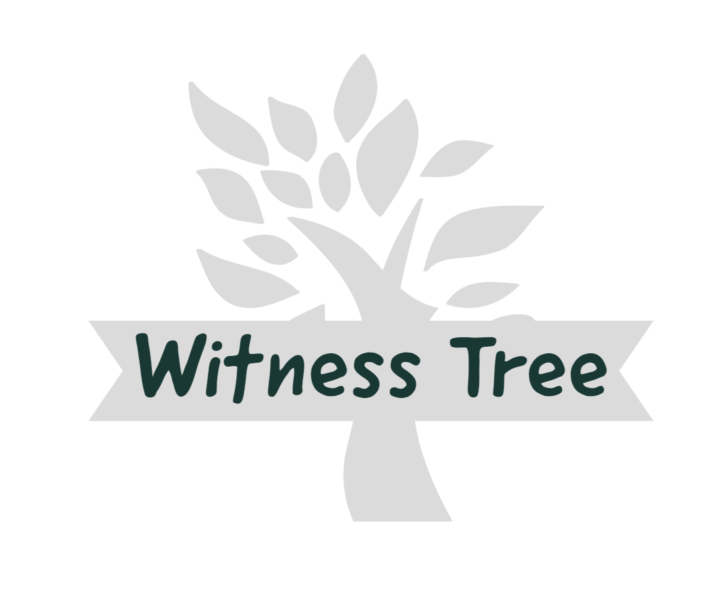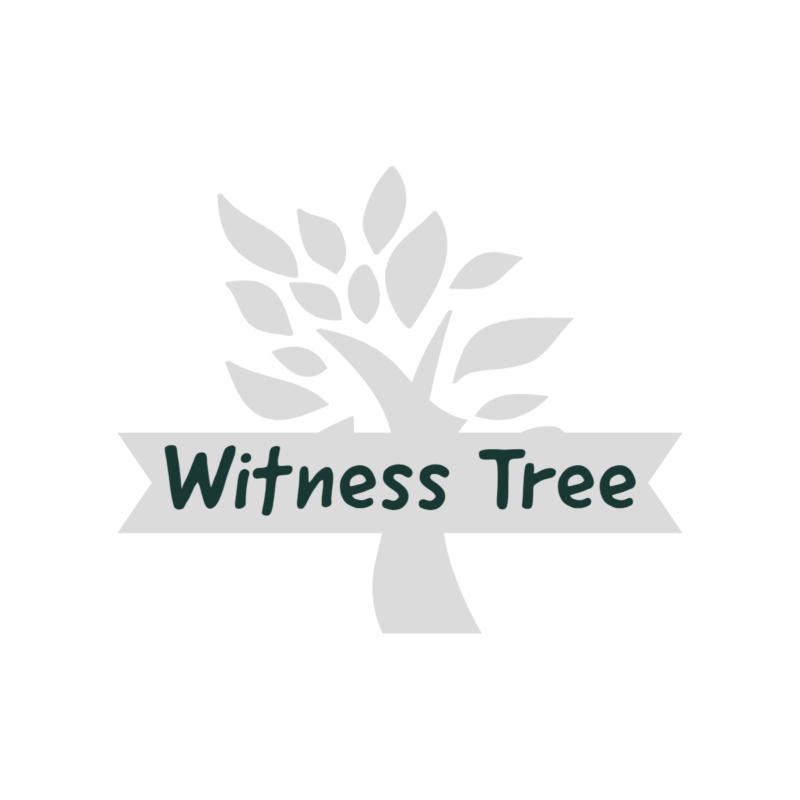Ornamental Trees
Why plant ornamental trees?
Ornamental trees are small to medium size, typically ranging from 10 to 30 feet tall, that add beauty to a landscape with flowers or unique foliage. They are planted as focal points in front yards, near patios, or in garden beds to provide visual interest.
Serviceberry

Apple serviceberry trees are hybrid trees that result from the cross between the downy serviceberry (Amelanchier arborea) and the Allegheny serviceberry (Amelanchier laevis). They are also known as juneberry or shadblow. They have white flowers in spring, purple berries in summer, and red or orange foliage in fall. They are attractive to birds, bees, and butterflies, and can be used as ornamental or edible plants.
In Illinois, apple serviceberry trees can be grown as small trees or large shrubs in full sun or partial shade. They prefer moist, well-drained, and rich soil with a neutral to slightly acidic pH. They are hardy in zones 4 to 8 and can tolerate clay, acidic, and salty soil. They are not very susceptible to pests or diseases, but they may need protection from strong winds or hot sun that can scorch their leaves.
Height: 20 – 25 feet
Spread: 20 – 25 feet
Growth Rate: Moderate
Soil Preference: Acidic soil
Pros: Native. Tolerates alkaline soil, dry sites
Cons: Tendency to produce suckers. Susceptible to fireblight, rust, powdery mildew
Hardiness zones: Zones 4 – 9
Recommended cultivars:(amelanchier x grandiflora) ‘Autumn Brilliance’
Redbud
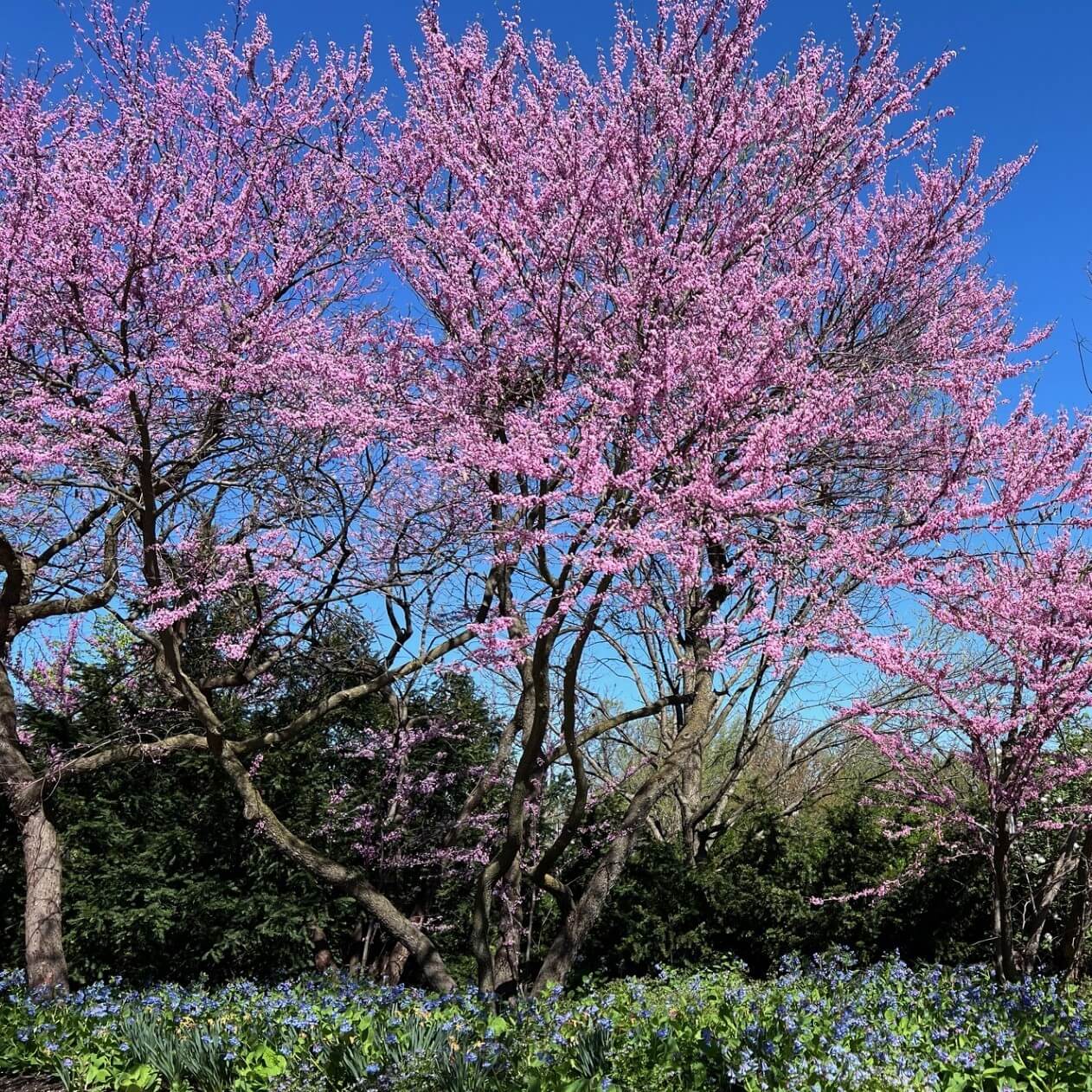
Redbud trees are small, deciduous trees that are native to eastern North America. They have pink to purple flowers that bloom in early spring before the leaves emerge. The flowers are followed by flat, brown pods that persist into winter. The leaves are heart shaped and dark green, turning yellow in fall.
In Illinois, redbud trees can be found in moist, well-drained soils in woodlands, edges, or open areas. They can grow up to 30 feet tall and have a rounded or spreading habit. They are hardy in zones 4 to 9 and can tolerate full sun or partial shade. They are attractive to birds, bees, and butterflies.
Height: 20 – 30 feet
Spread: 25 – 35 feet
Growth Rate: Moderate
Soil Preference: Moist, well drained
Pros: Native. Tolerates alkaline, clay soil
Cons: Susceptible to aphids and borers
Hardiness zones: Zones 4 – 9
Recommended cultivars: (Cercis canadensis) ‘Forest Pansy’, (Cercis canadensis ‘Morton’) ‘Joy’s Pride™’
Dogwood
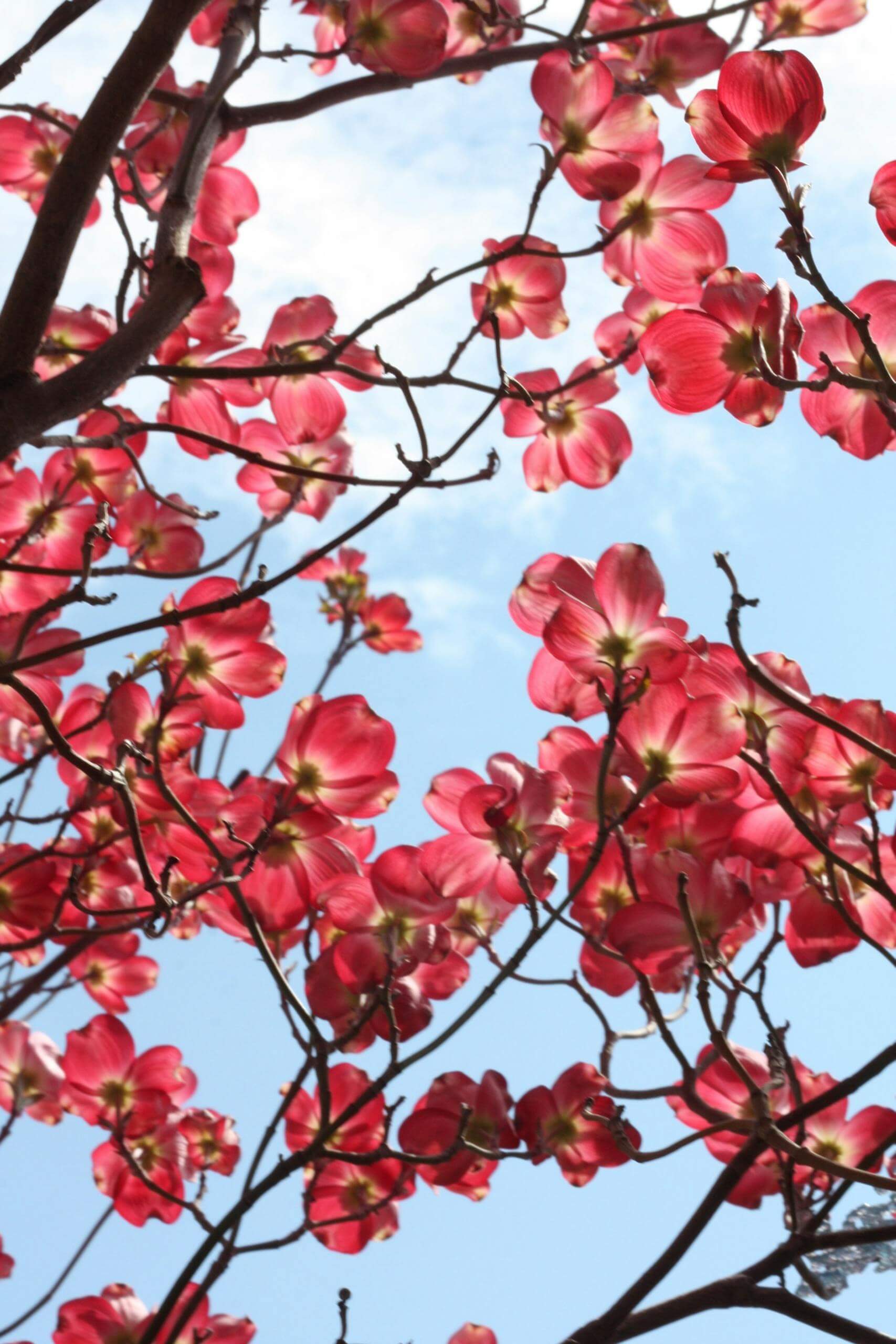
Dogwood trees are a good choice to add to your landscape because they provide beauty and interest throughout the year. In spring, they produce fragrant flowers that attract pollinators and brighten up the landscape. In summer, they have green foliage that provides shade and contrast and in fall, they have stunning red or purple leaves that add to the autumn display. In winter, they have attractive bark and fruits that provide food and shelter for birds and other wildlife.
Dogwood trees are adaptable and easy to grow. They can tolerate a range of soil types, as long it is acidic and well drained. They can also grow in full sun or partial shade, depending on the species. They are resistant to most pests.
Dogwood anthracnose is a serious fungal disease that affects various species of dogwood trees, especially the native flowering dogwood (Cornus florida) and the Pacific dogwood (Cornus nuttallii). It can cause leaf spots, twig dieback, cankers, and tree death. The disease is favored by cool, wet weather and spreads by spores that are carried by rain, wind, or insects. The symptoms usually appear in mid to late spring as tan or purple spots on the leaves, which can enlarge and kill the entire leaf. To prevent or manage dogwood anthracnose, it is important to plant resistant cultivars of dogwood, listed below.
Height: 12 – 20 feet
Spread: 10 – 20 feet
Growth Rate: Moderate
Soil Preference: Acidic, moist soil
Pros: Native. Tolerates alkaline soil. Beautiful fall color.
Cons: Sensitive to heat and drought. Short lifespan of 20 to 30 years.
Hardiness zones: Zones 5 – 9
Recommended cultivars: (Cornus sericea) ‘Farrow’, (Cornus sanguinea) ‘Arctic Sun’, and(C. florida x C. kousa) ‘Stellar Pink’
Saucer Magnolia
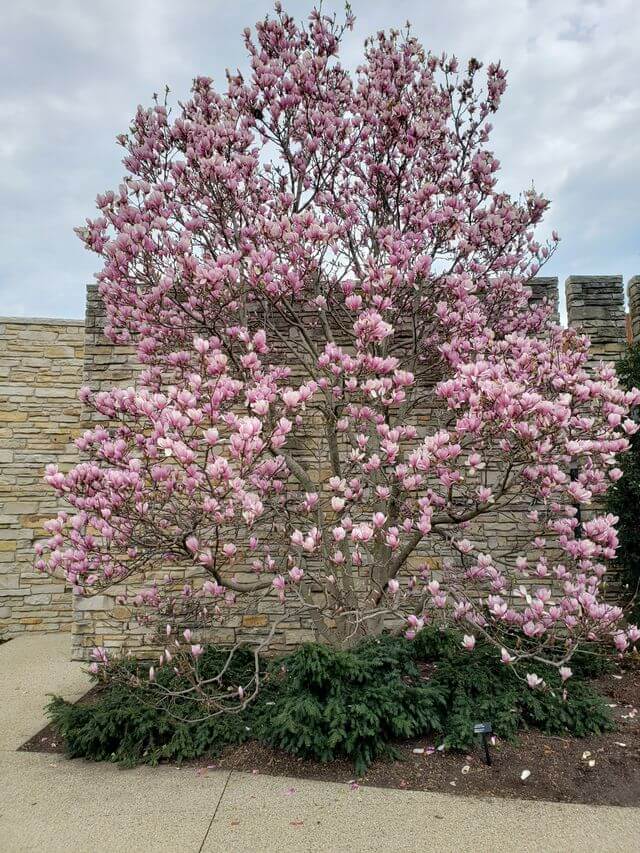
Saucer magnolia trees have large, cup shaped flowers that bloom in early spring, usually in shades of white, pink, or purple. The flowers are fragrant and attract pollinators and birds. The leaves are oval and dark green, turning yellow in fall. The bark is silvery gray and adds winter interest.
Saucer magnolia trees prefer full sun or partial shade and moist, well drained, slightly acidic soil. They can grow up to 30 feet tall and have a pyramidal or rounded shape. They are often multi-stemmed and can be used as specimen, shade, or patio trees.
Height: 20 – 30 feet
Spread: 20 – 30 feet
Growth Rate: Moderate
Soil Preference: Acidic, moist, well drained soil
Pros: Stunning flowers in spring. Tolerates alkaline soil and dry sites.
Cons: Flower buds can be killed by late spring frost. Transplant in spring for best results.
Hardiness zones: Zones 5 – 8
Recommended cultivars: (Magnolia x soulangeana) ‘Alexandrina’, (Magnolia x soulangeana) ‘Lennei’, (Magnolia x soulangeana) ‘Verbanica’
Crabapple

Crabapple trees provide a beautiful display for every season. They have showy flowers that bloom in spring, in shades of white or pink. They also have glossy green leaves that turn yellow or brown in fall, and red or yellow fruits that persist into winter. During their flowering period, they attract bees and other pollinators to your yard. They also provide food and shelter for birds and other wildlife with their fruits and branches.
Crabapple trees are very low maintenance. They are adaptable to different soil types and pH levels, as long as they are well drained and slightly acidic. They can also tolerate full sun or partial shade and some pollution. They do not need much pruning or fertilizing, unless they are affected by pests or diseases. Choose a cultivar bred for improved resistance to common diseases, such as apple scab and fire blight.
Height: 15 – 20 feet
Spread: Variable
Growth Rate: Moderate
Soil Preference: Moist, well drained
Pros: Native. Four season interest. Grows well in many soil types. Valuable food source for wildlife.
Cons: Sucker growth, messy fruit. Susceptible to disease. Choose a disease resistant cultivar.
Hardiness zones: Zones 4 – 7
Recommended cultivars: (Malus) ‘Adirondack’, (Malus) ‘Cardinal’ (Malus) ‘David’, (Malus) ‘Donald Wyman’, (Malus) ‘Prairifire, (Malus) ‘Professor Sprenger’),(Malus sargentii), ‘Sargent Crab’ (Malus) ‘Candymint’, (Malus sargentii)‘Tina’
Japanese Tree Lilac
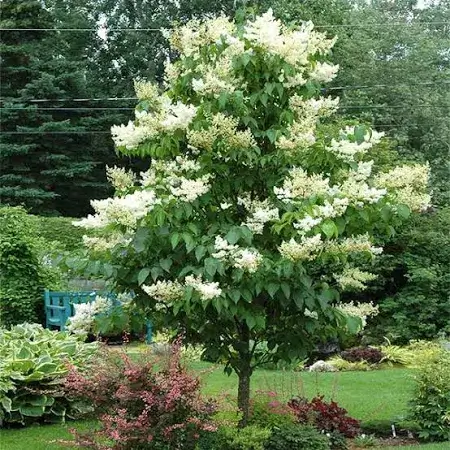
Japanese tree lilac is adaptable and easy to grow. It has showy white flowers that bloom in late spring or early summer, contrasting with the dark green foliage. The flowers are fragrant and attract pollinators and birds, and the reddish brown ornamental bark adds winter interest.
The Japanese tree lilac can tolerate a range of soil types and pH levels, as long as they are well drained. It can also grow in full sun or partial shade and is resistant to most pests and diseases. It is especially resistant to powdery mildew, a fungal disease that affects other lilacs. It does not have serious problems with insects or borers.
Height: 20 – 30 feet
Spread: 15 – 25 feet
Growth Rate: Moderate
Soil Preference: Moist, well drained
Pros: Easy to grow, can adapt to a range of soil types. Resistant to most pests and diseases.
Cons: Thin bark, messy
Hardiness zones: Zones 3 – 7
Recommended cultivars: (Syringa reticulata) ‘Ivory Silk’
